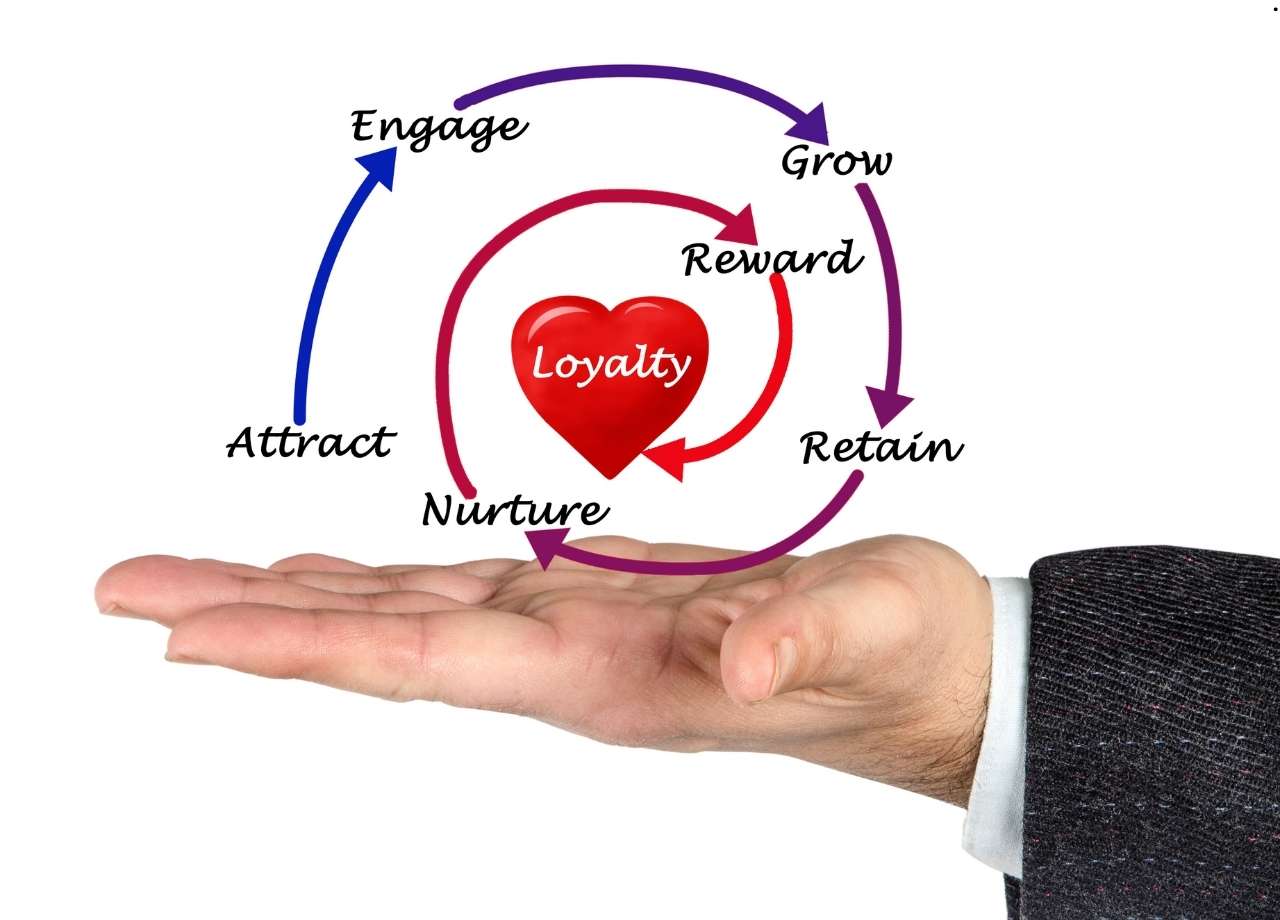
In the past, loyalty programs were often simplistic—buy a product, earn points, and return to redeem those points. Yet, as businesses face changing customer expectations, defining what makes someone a repeat customer demands a more nuanced approach.
Today, loyalty can’t solely hinge on transactions. It requires deeper engagement, emotional connections, and shared values.
Traditional Measures of Repeat Customers—and Their Limits
The conventional definition of a repeat customer usually centers around transaction frequency. It’s common to define a repeat customer as someone who has made a second purchase within a set timeframe. Some industries use metrics such as the 90-day window for follow-up purchases, while others set stricter or looser parameters based on business cycles.
However, many companies have learned that a two-purchase benchmark is often shallow. It fails to capture the broader behaviors that indicate genuine loyalty. A customer may return once because of a sale, a recommendation, or even a fleeting interest. Relying solely on purchase frequency misses the opportunity to recognize—and nurture—customers who may be more subtly loyal.
To better identify and cultivate loyalty, brands should look beyond traditional metrics. Indicators like engagement across various touchpoints, advocacy on social platforms, and alignment with brand values can be more telling than the purchase count alone. This means redefining what we mean by a “repeat” customer, focusing not just on whether a customer comes back, but on how and why they do.
Beyond Transactions: Identifying Loyalty Through Engagement
In today’s market, meaningful loyalty comes from consistent engagement with the brand, whether it’s through social media, newsletter opens, or involvement in a brand’s community initiatives. A customer who engages regularly with brand content—liking posts, sharing articles, and commenting on updates—demonstrates a level of interest and alignment that could be as valuable as multiple purchases.

To track this kind of loyalty, companies can turn to engagement metrics like:
Social interactions:
Are customers commenting, sharing, or creating user-generated content for the brand?
Community involvement:
Are they part of loyalty communities, and do they participate actively?
Email opens and click-throughs:
How often are they opening emails, clicking links, or responding to surveys?
These forms of engagement can signal loyalty in a way that transaction-only metrics don’t. In fact, frequent, engaged interactions are often an early predictor of future purchasing behavior. When brands understand that loyalty often begins with engagement rather than purchases, they can build relationships that encourage customers to convert in meaningful ways.
Emotional Loyalty: Why Values Matter
Today’s consumers are more motivated by values than ever before. Customers want brands that align with their ethics, lifestyle, and personal identity. Emotional loyalty reflects the extent to which a customer sees a brand as part of their identity.
A study from Edelman in recent years found that 64% of customers worldwide make purchasing decisions based on shared values with a brand. This statistic should resonate deeply with brands seeking to build repeat business. When customers feel emotionally connected, they’re more likely to stick around even when a competitor offers a discount or temporary incentive.
Brands can cultivate emotional loyalty by:
Sharing values-driven content:
Whether it’s a commitment to sustainability, inclusivity, or innovation, customers gravitate towards brands that showcase these values.
Participating in social causes:
Support for relevant causes can deepen customer connections and encourage them to support a brand.
Highlighting customer stories:
Recognizing customers who embody a brand’s values fosters a sense of belonging and inspires others to engage.
Customization as a Loyalty-Builder
Personalized experiences have a powerful impact on a customer’s decision to return. When brands create experiences that feel unique to each customer, it shows that they care about the individual, not just the sale. In the digital era, there are numerous ways to customize experiences, from product recommendations to special birthday offers, creating connections that help customers feel seen and appreciated.
To implement effective personalization, brands should:
Use customer data wisely:
Track individual preferences, previous purchases, and engagement history to make offers that feel relevant.
Offer choice-based rewards:
Customers appreciate the ability to choose how they are rewarded, whether through points, discounts, or unique experiences.
Leverage customer feedback:
Asking for and acting on feedback personalizes the brand-customer relationship and builds trust over time.
Rediem, for instance, supports brands in crafting highly customizable loyalty experiences, allowing them to create programs that align closely with their values and customer interests. This kind of flexibility means brands can adapt to what their most loyal customers genuinely appreciate, fostering stronger connections beyond traditional points or discount models.
Redefining Repeat: Not Just Purchases but Advocacy
It’s easy to see a repeat customer as simply one who makes another purchase, but in reality, the definition should expand to include advocacy behaviors. Customers who recommend a brand to others, create positive online reviews, or advocate on social media are arguably as valuable as those who make a second or third purchase. These advocates spread word-of-mouth endorsements that carry more weight than many marketing messages.
Ways to cultivate advocacy-based loyalty include:
Incentivizing referrals:
Referral programs reward customers who encourage others to try the brand, building loyalty and trust.
Recognizing advocates publicly:
Shout-outs on social media, customer spotlights, or thank-you notes go a long way in showing that the brand values customer voices.
Creating exclusive content:
Content tailored to loyal advocates—like early access to new products or behind-the-scenes stories—fosters a sense of exclusivity.
Advocates are not only likely to continue purchasing but also to amplify the brand’s message, extending its reach without requiring significant additional investment.
Rethinking Loyalty Metrics to Focus on Long-Term Engagement
Measuring loyalty with new metrics is vital for brands wanting a clear picture of repeat business. Standard metrics like customer lifetime value (CLV), repeat purchase rate, and retention rate are helpful, but brands can benefit from expanding these measures. Customer Engagement Score (CES), for instance, measures how actively customers interact with various brand channels, providing a fuller understanding of engagement.

Another valuable metric is the Net Promoter Score (NPS), which assesses customer willingness to recommend the brand to others. By tracking NPS alongside traditional metrics, brands gain insights into both loyalty and advocacy. When NPS increases, it indicates that customers are becoming not only repeat buyers but also advocates.
Long-term engagement can also be tracked through Customer Effort Score (CES), which measures how easy it is for customers to accomplish their goals with the brand. If customers find it easy to interact with the brand across various channels, it increases the likelihood of repeat business.
Final Thoughts on Redefining Repeat Loyalty
In redefining what constitutes a repeat customer, brands should think in terms of value-driven engagement rather than simple transaction counts. Loyalty today encompasses a blend of engagement, emotional connection, advocacy, and shared values. Brands that broaden their definition of loyalty can better recognize customers who are truly invested, leading to longer-lasting relationships that go beyond mere purchases.
The importance of engagement, emotional loyalty, and advocacy in today’s loyalty strategies highlights the need for a flexible approach. Modern loyalty programs should accommodate different expressions of loyalty, empowering brands to nurture not only frequent purchasers but also deeply engaged community members and advocates.
Incorporating these elements into a loyalty strategy is essential for brands looking to foster sustainable, long-term relationships with their customers. As we move into a market where customers demand meaningful connections, the definition of loyalty will continue to shift, favoring brands that prioritize purpose and connection over quick, transactional wins.

